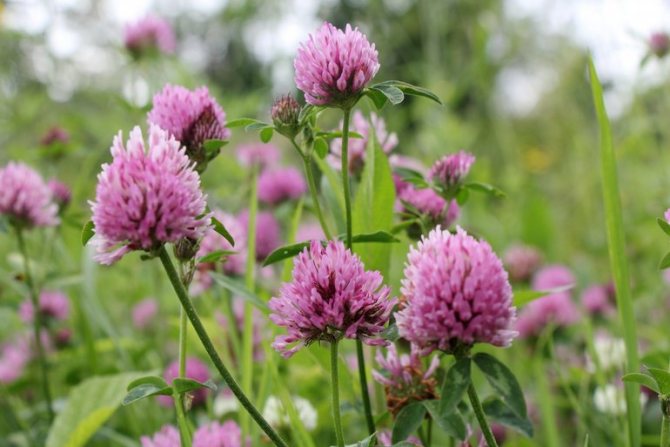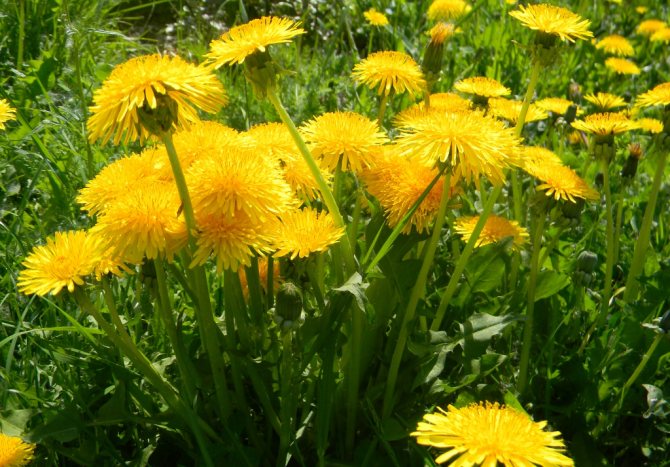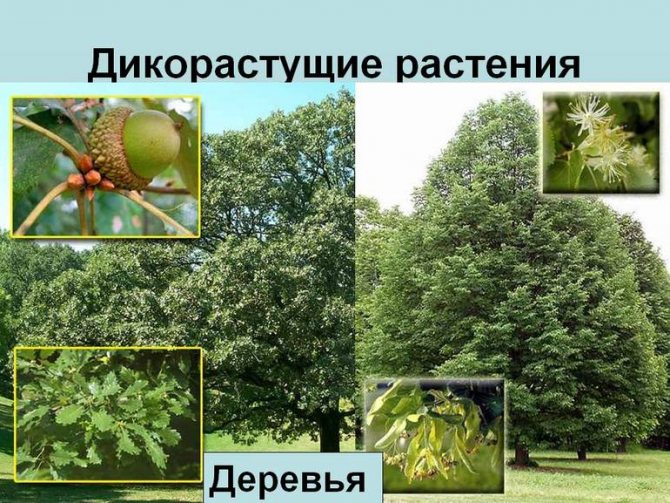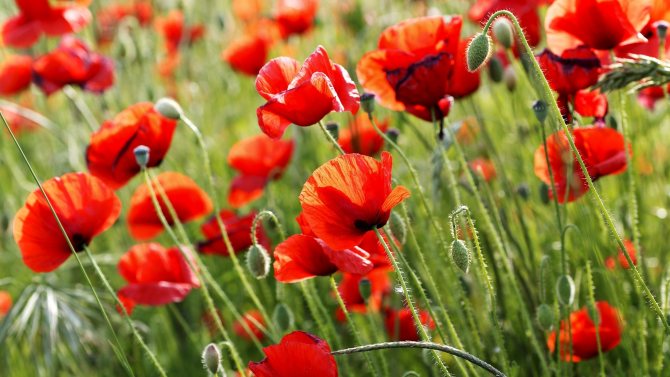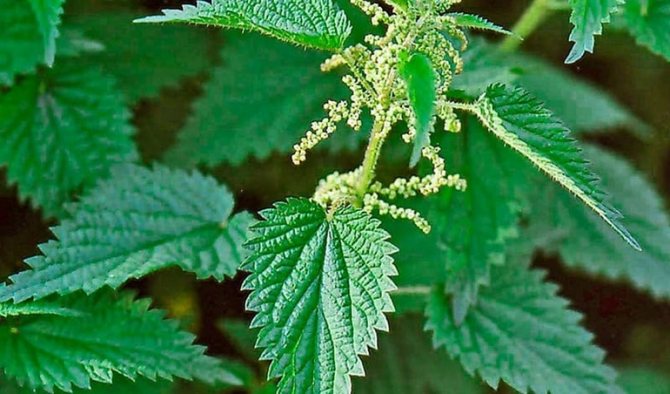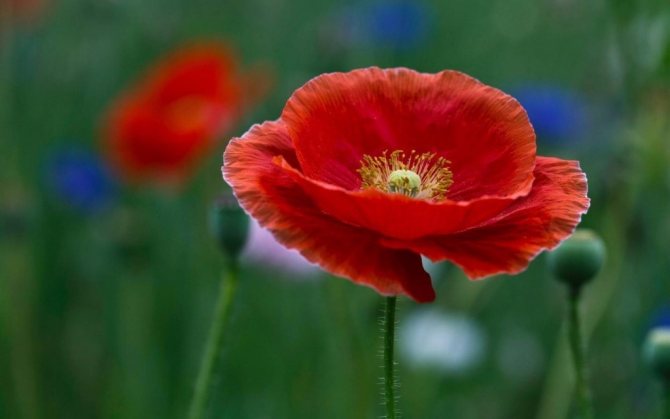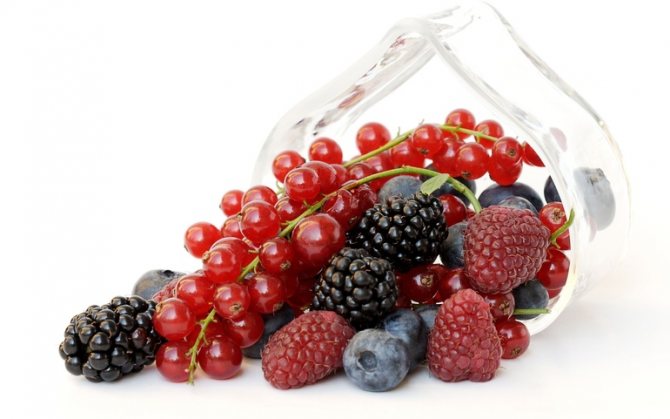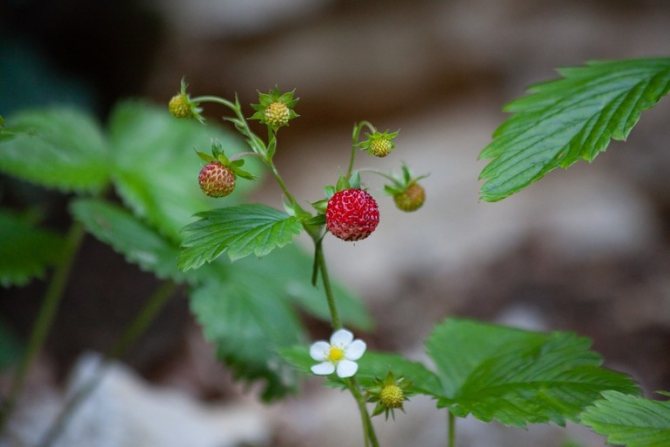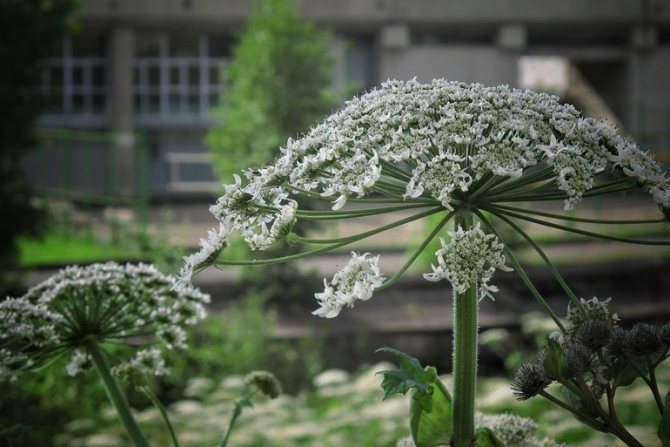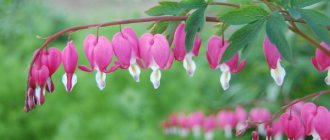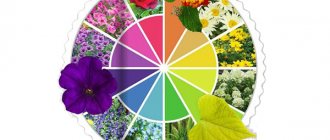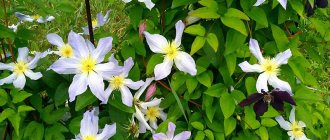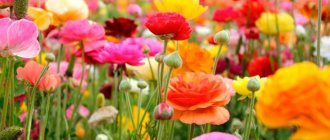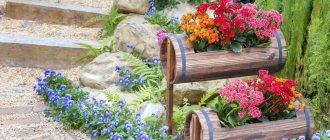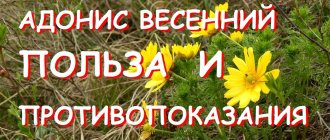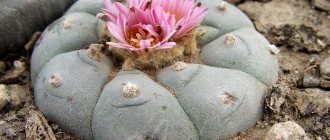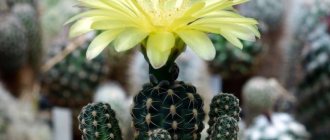General characteristics and benefits of meadow grasses
The herbaceous plants that cover the meadow area form three systems:
- Grass formed by annual and creeping crops.
- Sod formed by perennials.
- General plant thickening, consisting of a variety of varieties and types of meadow grasses.
The main advantage of meadows is openness. All cultures growing here simply bathe in the sun, blown from all sides by the winds. Hence the main characteristic of meadow crops - sun-loving, intolerance to the shade. This should be taken into account when wanting to plant any specimens on the site.
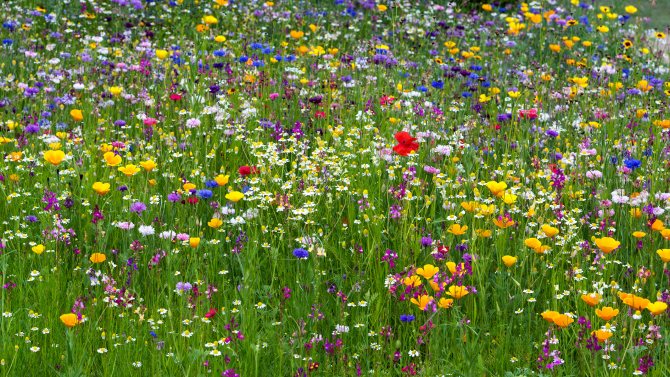
Types and varieties of meadow grasses
Additional characteristics - low stem, weed resistance. The roots of meadow plants are closely intertwined, forming a dense dense underground carpet that absorbs rainwater well, sucks groundwater in drought. Conclusion - meadow crops are undemanding to care and conditions.
Many herbs have medicinal properties, forming a kind of natural pharmacy. By correctly collecting and drying plants, it is possible to prepare useful decoctions and teas. Examples of using:
- blue cornflower - an excellent antipyretic, used for renal ailments, problems in the work of the bladder, as a lotion for eye ailments;
- oregano - has a sedative effect, improves the functioning of the digestive tract, digestive, bronchial and sweat glands, relieves pain and purifies the air;
- St. John's wort - has an astringent, anti-inflammatory and antiseptic effect, is useful in the treatment of wounds;
- meadow clover - helps with exhaustion and anemia, is used as an expectorant, diuretic and antiseptic;
- chamomile is a sedative (recommended for brewing tea), helps with cramps, is used as a choleretic, diuretic and laxative.
Tulips, Holland
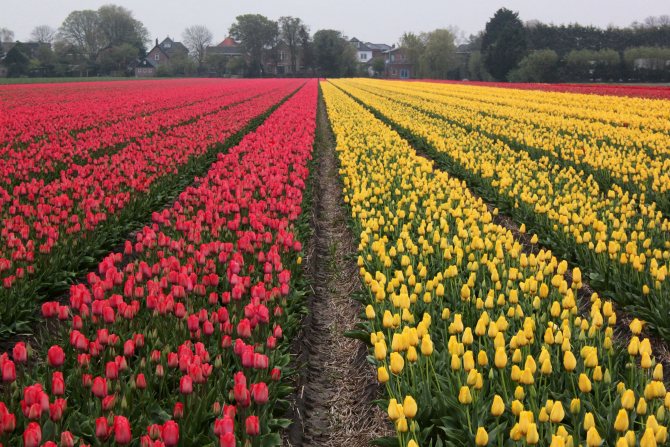

We don't need to say that the Netherlands is famous for its tulips - the bloom, which usually occurs in late March-May (the peak of tulip season is mid-April), attracts tourists from all over the world. If you'd like to see the phenomenon on your own, head to Hillegome in the western countryside, where you'll see the full spectrum of colors (and avoid the crowds at Lakes Keukenhof).
The most popular meadow flowers and flowers with a photo
Walking through the meadow, it is possible to collect a lush bouquet, in which the plants are not duplicated at all. Knowing the timing of flowering crops and picking plants by smell, gardeners achieve continuous flowering and fragrance of their backyard plots.
Althea officinalis
Perennial, stretches up to 0.5 m. Leaves are elongated-pointed, bluish-green, moving away from the stem, becoming smaller with height. Single flowers bloom at the top, painted in a delicate pink color. The ability to withstand cold weather is average, it normally takes root in the Moscow region and central Russia.
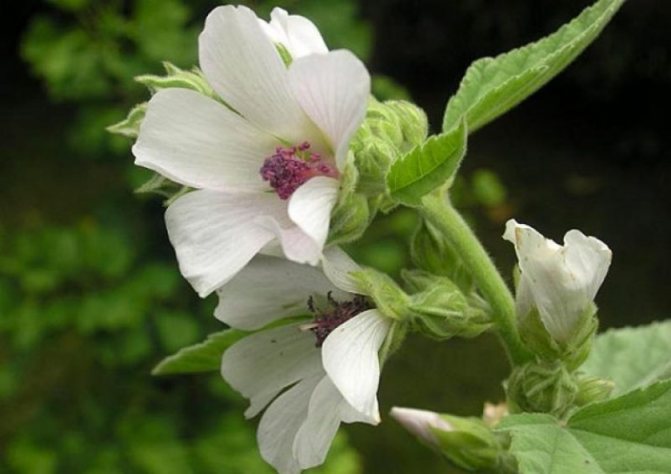

Herbaceous perennial marshmallow officinalis
Spike amaranth
At one time, he served as the progenitor for a cultivated species. It is well known to gardeners as a squid - an unpleasant tenacious weed. However, it is very valuable among collectors of medicinal herbs. It grows up to 1 m. The foliage is elongated, alternating, decreasing with height. Flowers are miniature, inconspicuous, yellow-green in color, combined into spike-like inflorescences.Germinates in any conditions and in any climate.
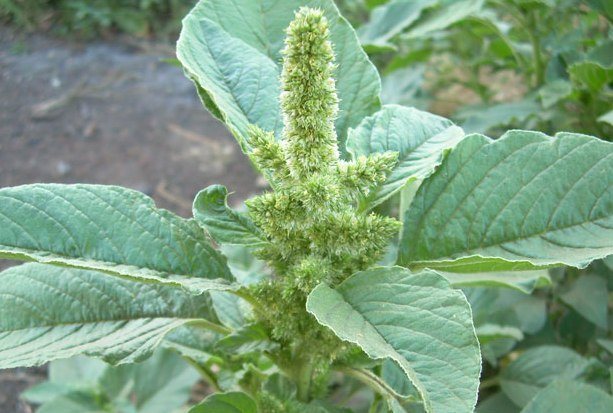

Spike amaranth germinates in any conditions
Pansies
Perennial with a stem height of 40 cm. The leaves are large at the bottom, smaller on top, alternate. Peduncles are thin, flowers are massive, tricolor (petals are blue-blue, core is yellow). The culture is extremely widespread. Resistant to frost.
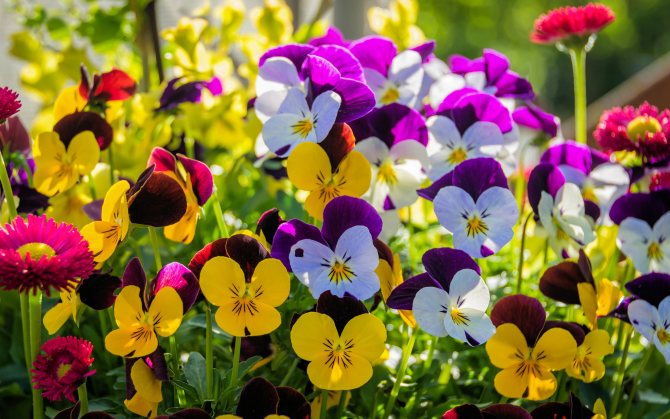

Pansies are not afraid of frost
Ledum
The plant is a shrub species, tall (under favorable conditions, it stretches up to 2 m). The leaves are small, arrow-shaped, gray-green in color, densely cover the entire stem. Abundant flowering. Flowers are formed from 4 petals, they are white and crimson, with a diameter of 4 cm, united in umbellate inflorescences. They have a thick, pleasant aroma. The wild rosemary tolerates winters well.
Valerian officinalis
Perennial up to 1.5 m. Peduncles are almost glabrous, foliage is sparse. The buds are tiny, pale pink, grouped in umbrella-shaped inflorescences, they smell nice. Valerian grows in a wide variety of conditions. It is extremely in demand among herbalists - it can be problematic to find it.
Valerian is used in medicine and cosmetology, grown on many farms, as well as on an industrial scale.
Cornflower meadow
Perennial up to 1 m high. It is well known as a weed that occupies cereal crops. The foliage is gray in color, elongated oval, terry. The flowers are light pink, 5 cm diagonally.
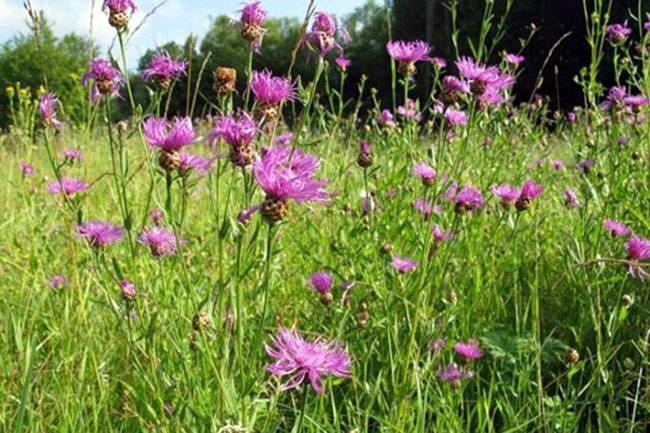

Cornflower meadow
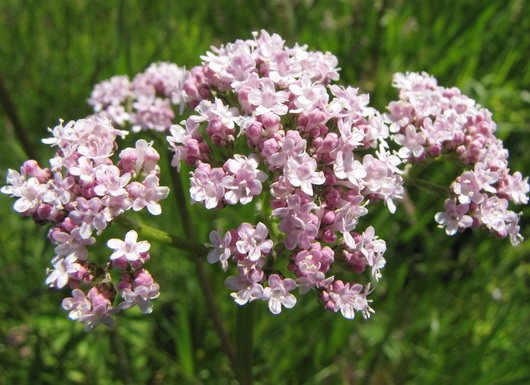

Valerian officinalis
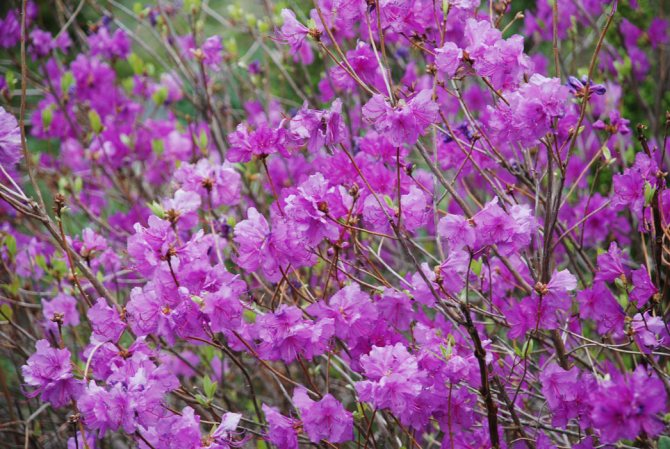

Ledum
Cornflower blue field
Perennial. It differs from the meadow congener in the deep blue color of the buds. The attitude of gardeners towards him is not so negative.
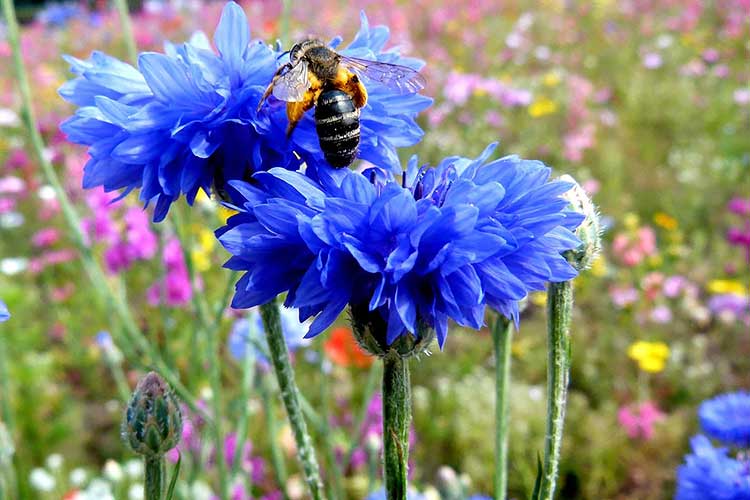

Perennial cornflower blue field
Meadow carnation
Medium-sized (up to 40 cm) perennial. The foliage is terry, linear. Flowers are red or pink, occasionally white, serrated petals. It is rare, protected by the state.
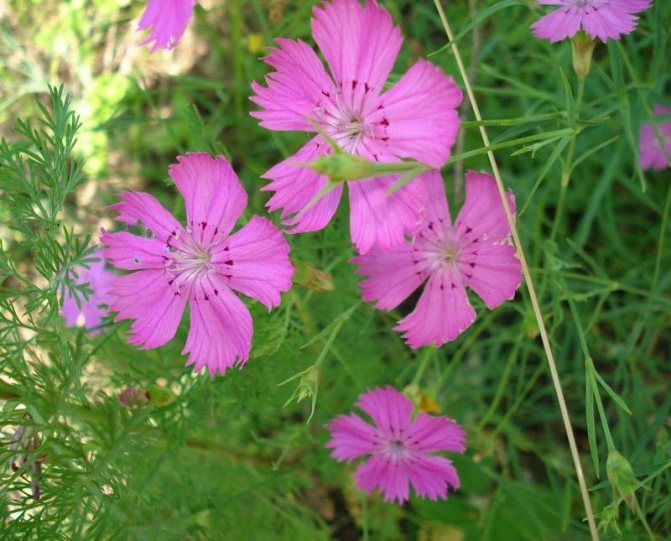

Meadow carnation is rare
Meadow geranium
Tall (up to 80 cm) perennial. The lower leaves consist of 5 parts, the upper ones - from 3. Flowers with 5 petals, large, lilac. Abundant flowering. Found in many regions of the country.
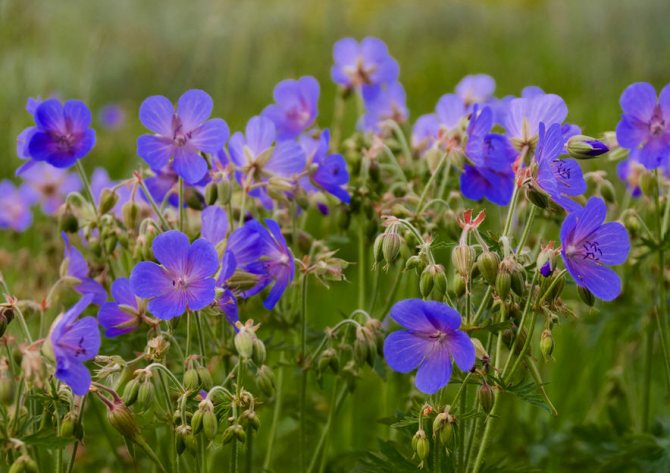

Meadow geranium is found in many regions of the country
Highlander pepper
Tall (up to 90 cm), perennial. Peduncles are thin, densely covered with foliage. Feather-shaped leaves. Flowers are miniature, white, united in spikelet-type inflorescences.
Bird highlander
Medium-sized (up to 50 cm) perennial, with a creeping, highly branched stem. The leaves are small, opposite, densely dotted with the plant. The buds are invisible, white, formed in the axils of the foliage. The plant is frost-resistant.
The crop tastes good, so it can be harvested as a feed product.
Author's advice
Gentian
Shrub perennial up to 1.5 m high. Stems are erect, strong. The leaves are opposite, green. Bell flowers are massive, single, blue, blue or violet. Distributed everywhere.
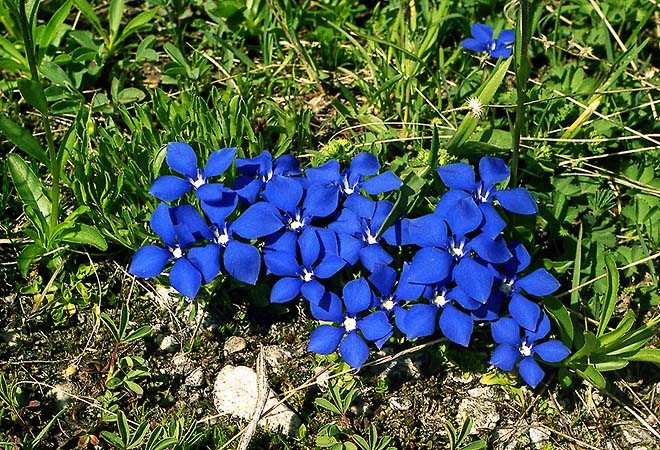

Gentian
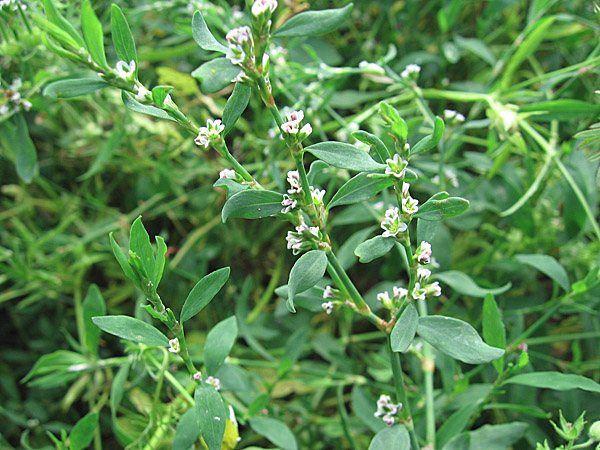

Bird highlander
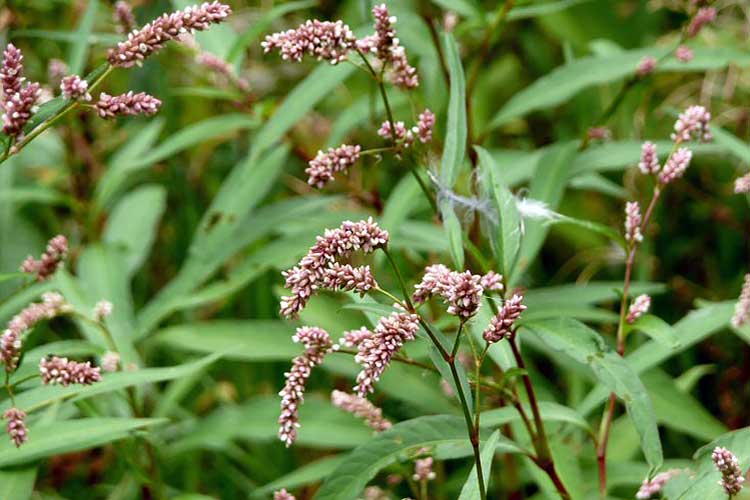

Highlander pepper
Goose bow
Medium height (up to 50 cm). Leaves, thin, long, are grouped into a basal rosette. The buds are small, yellowish, with a honey aroma. Loves warmth.
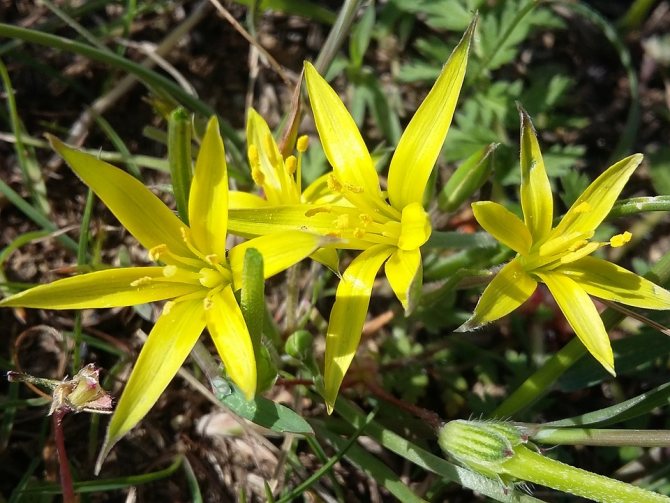

Goose bow loves warmth
Elecampane high
Shrub species, tall (up to 1.5 m). The leaves are dark green, are combined into a basal rosette. The flowers are massive, yellow-orange, reminiscent of large daisies with very narrow petals. The roots are used in cosmetology and for the preparation of medicines.
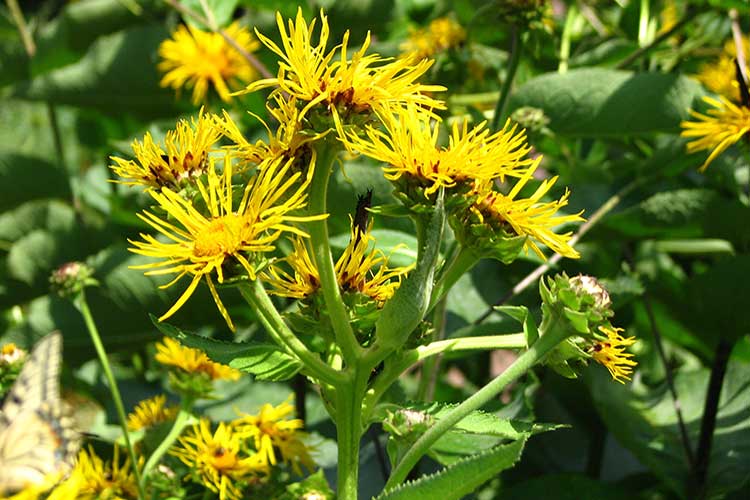

Elecampane high is used in cosmetology
Delphinium
Shrub-type perennial grows up to 1.5 m. Arrow-shaped foliage grows from the root. The long stem forms an inflorescence in the manner of a pyramid, strewn with small but bright buds. The colors are found in white, blue, lilac, pink, red and yellow.Loves warmth. Used in households to make soap.
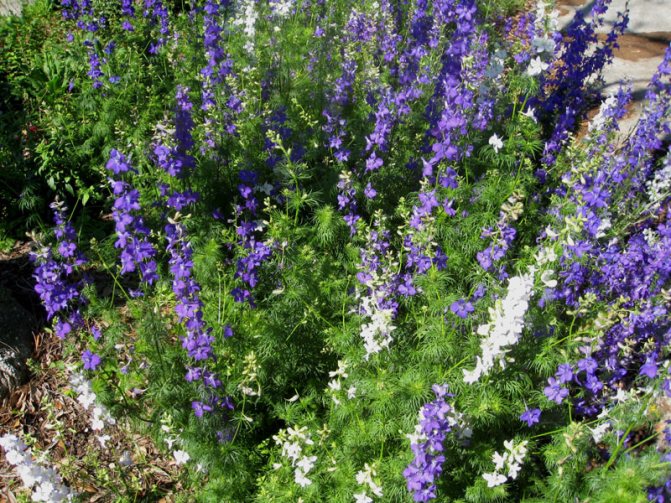

Perennial shrub type delphinium
Wild onion
Shrub perennial, growing up to 50 cm. The foliage resembles the feathers of domestic onions, but thinner and more rare. The tall stem bears a spherical inflorescence.
Donnik
Tall (up to 2 m) perennial. Foliage, opposite or in pairs, covers the entire stem. The flowers are miniature, consist of 5 petals, white or yellowish, have a strong and pleasant smell of freshly cut hay. The culture tolerates drought well, is found everywhere. Sweet clover is popularly known as a honey plant and a medicinal crop. Suitable for food, as an odorous component in the manufacture of toilet soap and tobacco.
Since the culture is poisonous, we strongly recommend that you consult with your doctor before using it in medicines, specifying the required dosage.
St. John's wort
Perennial, stretches up to 80 cm. The stem is straight, hard, densely covered with small green foliage. The top is crowned with a yellow flower with wide petals. The sap is bloody in color, the stem becomes crimson with age. St. John's wort is widespread in Russia and Ukraine. It is used as a medicinal plant. Causes health impairment if eaten by animals.
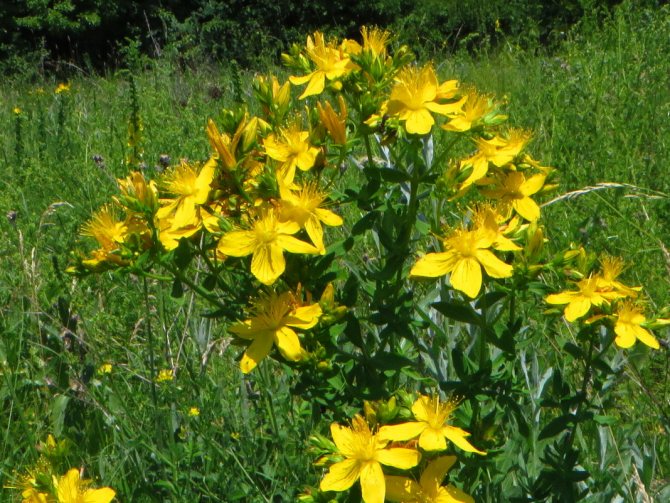

St. John's wort
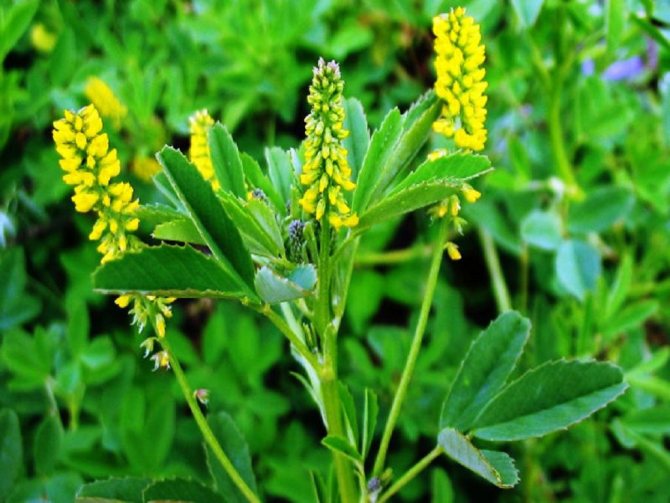

Donnik
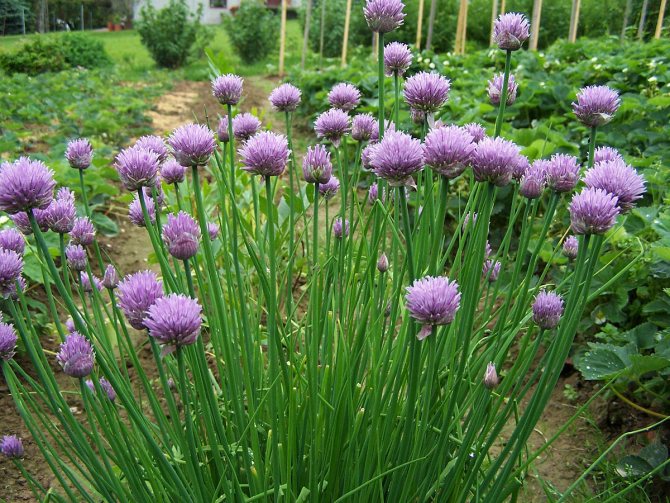

Wild onion
Ivan tea narrow-leaved
Another name is fireweed. Perennial 1, 5 m high. Peduncles are thick, straight, dense, covered with thin lanceolate foliage. The flowers are pink-purple, grouped in racemose inflorescences. Fireweed is found everywhere, it is recommended as a raw material for making tea, helps with ailments.
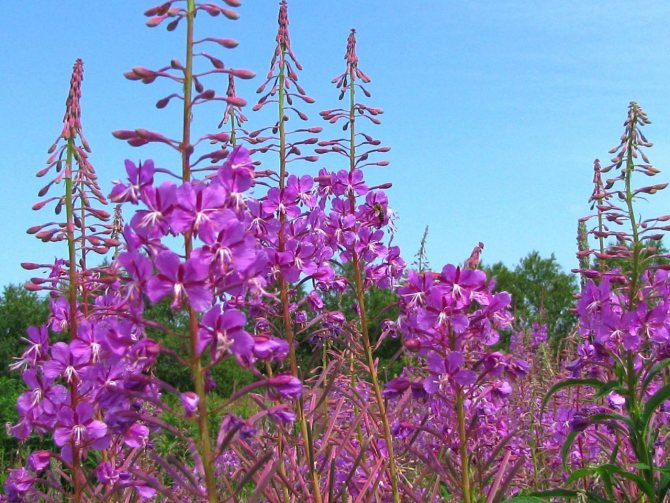

Ivan-tea narrow-leaved, or fireweed
Clover red
Tall (up to 80 cm), perennial. The peduncle is straight, branched. Foliage is oval, united in groups of 3 pieces. The buds form oval-shaped inflorescences, crimson or pink. Clover is a nitrogen fixer. Known as a honey plant, it is used in the people's pharmacy and for livestock feed.
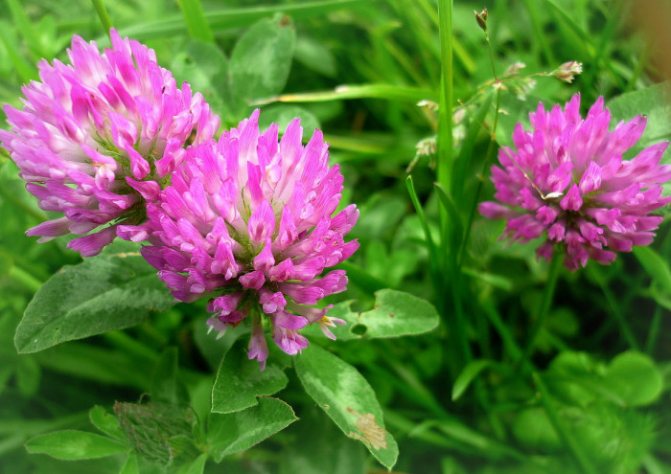

Red clover is known as a honey plant
Common bell
The life span is 2 years. Tall (up to 70 cm). Peduncles are straight, almost naked. The leaves are small, growing alternately. The flowers are purple, grouped in panicle inflorescences. The bell is adapted to temperate regions. Protected by the state.
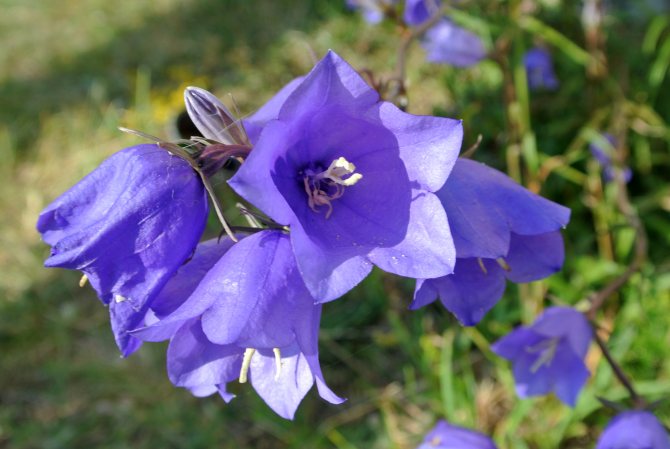

The common bell is protected by the state
Field korostavnik
Perennial up to 80 cm high. Peduncles are straight, crowned with a single blue-purple bud. The foliage is lanceolate, formed into a root group. The scabbard is known as honey plant.
Awnless meadow bonfire
Tall (up to 1.5 m). Peduncles are thin, foliage is narrow. The stem branches, forming shoots with spikelet inflorescences (pinkish), as a result, the culture resembles oats. In the wind, it glows pink, resembling the tongues of a fire (hence the name). Awnless bonfire quickly captures the surrounding area, forming thickets. It gets along poorly with legumes, it is suitable for livestock feed. Looks beautiful in dry bouquets. It is not used in folk recipes.
Flax ordinary
Annual, tall (up to 80 cm) culture. Peduncles are thin, straight, at the end they form a peduncle with a blue bud. The leaves are small, paired, dotting the entire stem. The seeds are used to squeeze out oils, and weaving fibers are obtained from the stem.
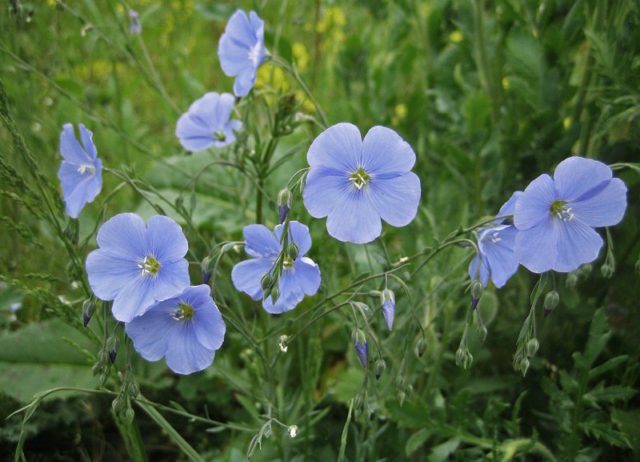

Flax ordinary
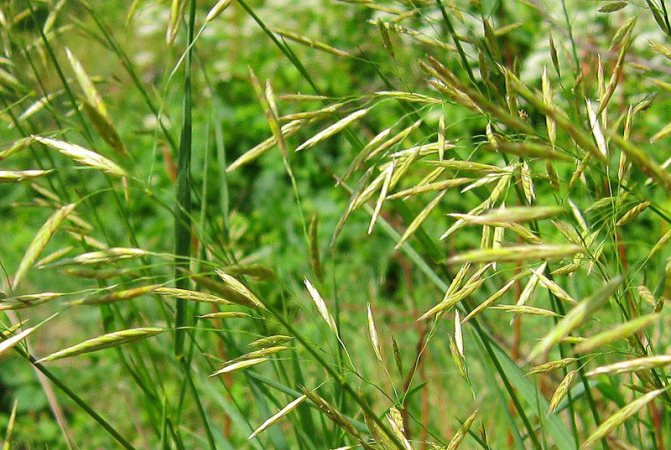

Awnless meadow bonfire
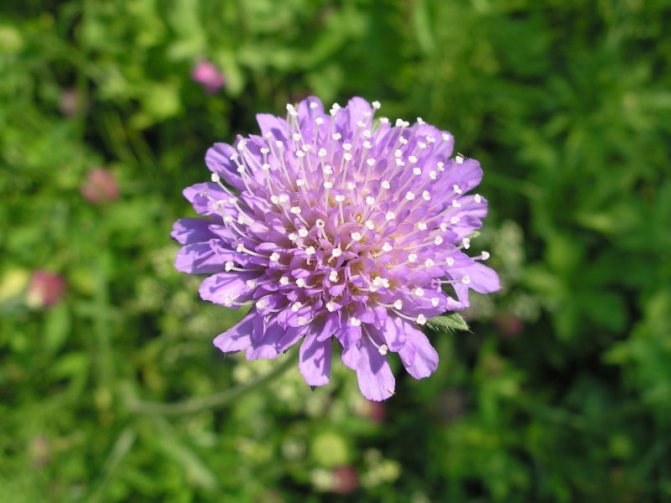

Field korostavnik
Common toadflax
Tall (up to 90 cm) perennial. The peduncle is erect, densely covered with small pointed leaves. The flowers are light yellow, the core is orange.
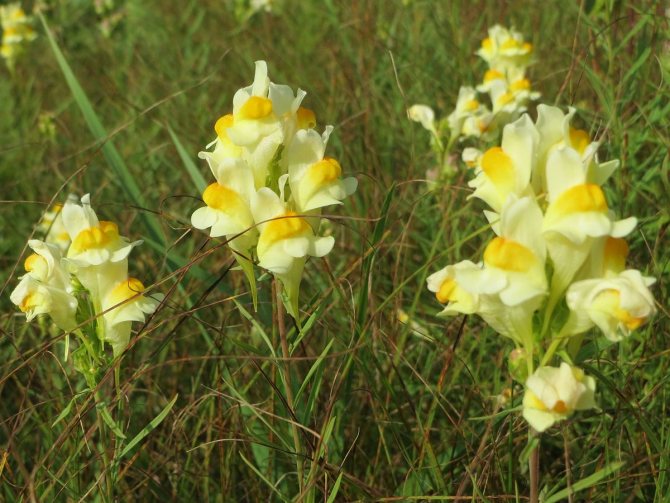

Tall perennial toadflax
Lupine
Shrub, tall (up to 120 cm) perennial. Peduncles are straight, powerful, blue-purple inflorescences are tied at the ends in the form of brushes.
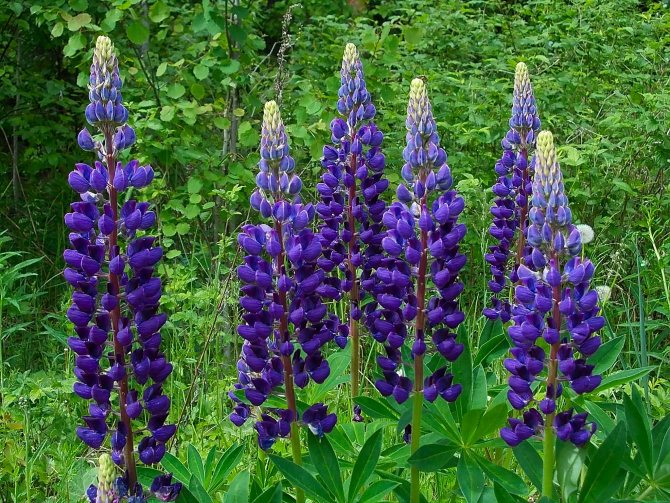

Lupine is a herbaceous tall perennial
Mother and stepmother
Medium-sized (up to 30 cm) perennial. Peduncles are straight, single yellow buds are formed at the ends.The foliage on top is smooth, velvety from the inside, grouped into a basal rosette (becomes noticeable after the flowers wither).
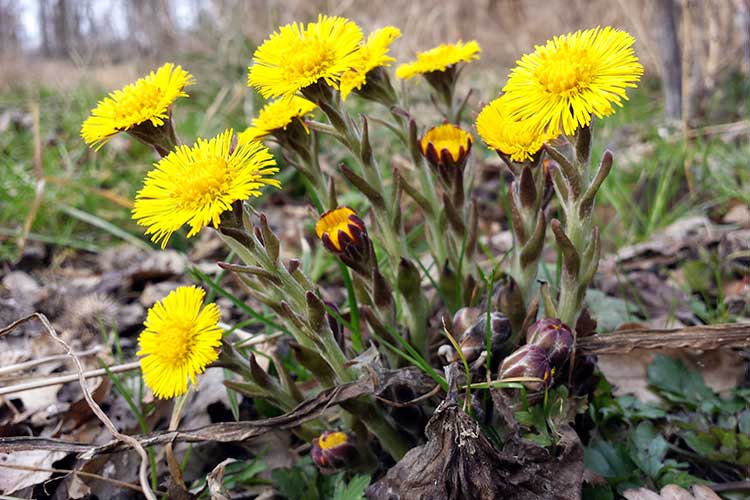

Mother-and-stepmother grouped into a root outlet
Mouse peas
Perennial, creeping stem, stretches 1.5 m. Leaves are microscopic, almost invisible, ash-green. The flowers are medium-sized, with a dense violet-pink color scheme. The foliage is palmate, slightly covers the stem, forms a basal rosette. The culture grows in the middle lane.
Dandelion medicinal
Tall perennial, stretches up to 69 cm. Stems are straight, without a core, produce milky juice. At the ends, single buds of a rich yellow color are formed. The foliage is elongated, feather-like, grouped into a basal rosette.
Rattle
Low-growing (up to 50 cm) plant. The stem is thin, the foliage is narrow. Forms inflorescences of a sandy shade, resembling hoods. Fruits of a capsule type, seeds in windy weather rattle with a dull sound, for which the people called the plant a bell.
A serious parasite - a weak root system is not able to suck out useful substances from the soil, therefore the culture braids its neighbors, feeding on them.
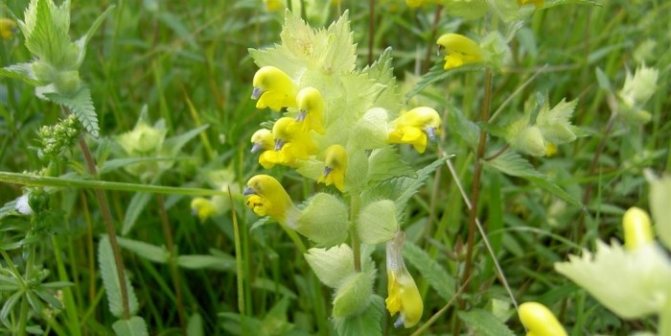

Rattle
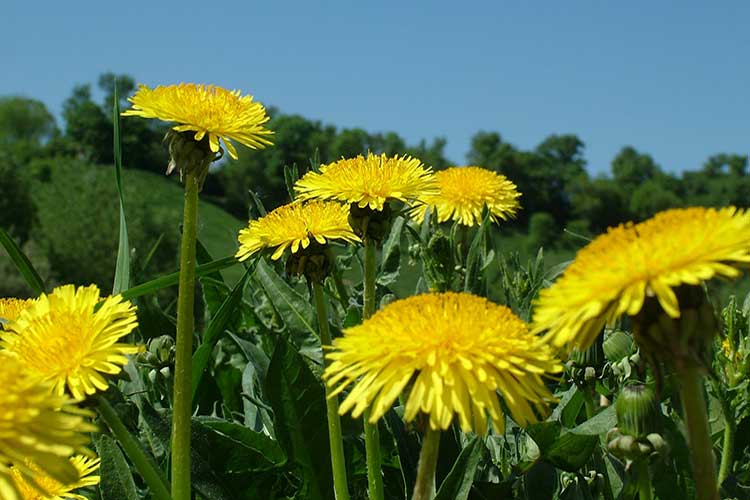

Dandelion medicinal
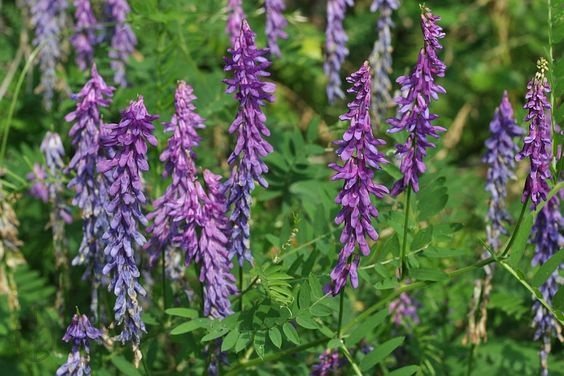

Mouse peas
pharmaceutical camomile
Annual, tall (up to 60 cm) culture. The stem is straight, forms shoots near the ground. At the end, a single bud is formed with white petals and a yellowish center. The leaves are narrow, carved. Chamomile is widely demanded in cosmetology and medicine.
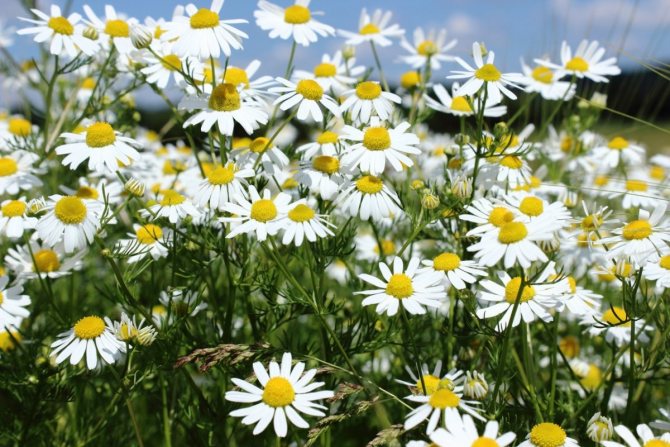

Chamomile is in demand in cosmetology and medicine
Spiraea
Tall (up to 80 cm) perennial. Foliage on extended legs, finger-like. The flowers are small, pink and white, forming an elongated oval inflorescence.


Meadowsweet flowers form oval inflorescences
Timothy grass
Perennial semi-shrub species. The stem is straight, covered with feather-like complex leaves. At the end, numerous branches are formed with basket inflorescences, densely covered with white and pinkish flowers.
Yarrow
Perennial of the family Astrovye, semi-shrub type. The stem extends up to 1 m. The foliage alternates, the form is carved or pinnately dissected. A single corymbose inflorescence (diameter 10–20 cm), formed from small baskets. The flowers are white. The branchy rhizome grows rapidly into the thicket. Yarrow grows in European and Asian meadows.
Horseradish ordinary
Tall perennial (up to 1.5 m). Leaves on dense petioles, united in a basal group. The stem is branched, straight. Forms inflorescences with small white buds. Found everywhere. The roots and foliage are harvested for medicinal and culinary purposes.
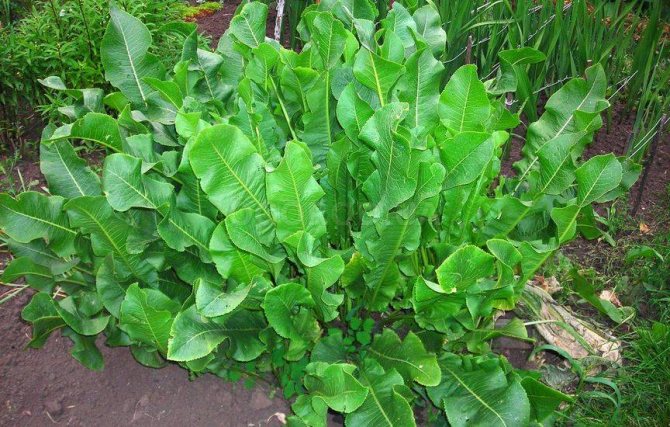

Horseradish ordinary
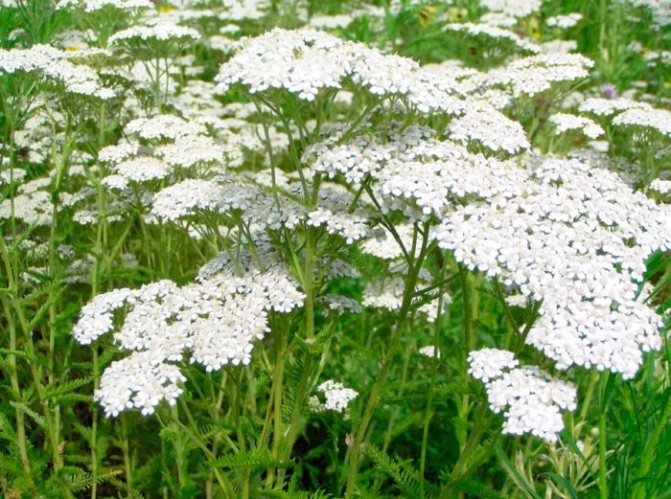

Yarrow
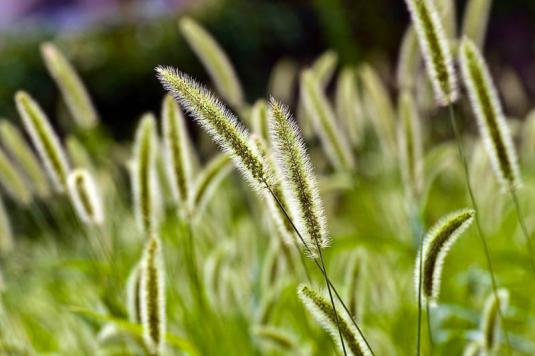

Timothy grass
Common chicory
Tall perennial (up to 1.5 m). Peduncles are straight, massive, branching. At the ends, numerous buds are formed, with blue-blue petals. The foliage is united in a root rosette, half-covering the stem. Common chicory is widespread. Used in cooking, medicine. A drink similar to coffee is obtained from the roots.
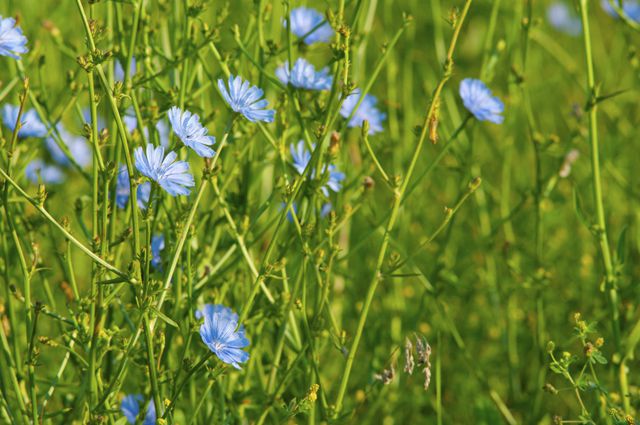

Common chicory is used in cooking and medicine
Thyme
Medium-sized (up to 40 cm) perennial. The creeping stem is covered with oval leaves, pink-purple inflorescences are formed at the ends. Smells good, used for making tea, as a seasoning. It is in demand in cosmetology and as a medicinal plant.
Celandine
Tall (up to 1 m) perennial. The foliage is massive, oval or three-leafed. Stems are thin, forming umbellate inflorescences with rich yellow buds.
Sap squeezed out of stems and foliage can cause irritation. It is used to treat warts and papillomas.
Echinacea
Tall perennial (up to 1 m). Stems are oval, straight, rough. Leaves are oval, elongated, wide. The flowers are massive (up to 15 cm), united in basket inflorescences.The flowers are colored in different shades of pink, red and brown.
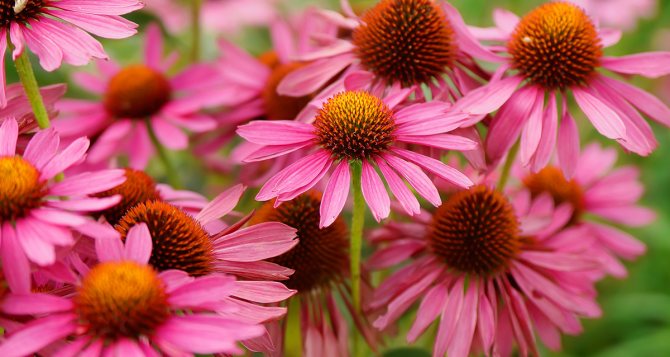

Echinacea
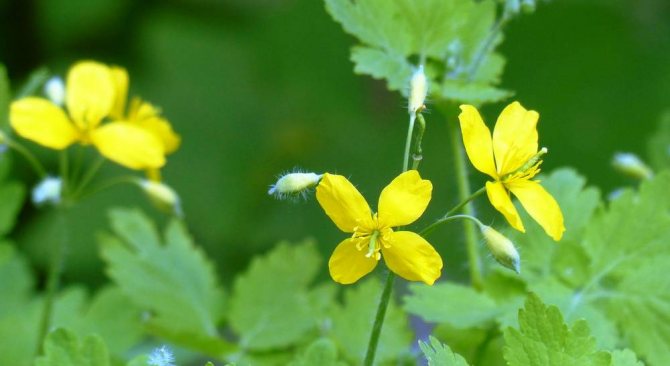

Celandine
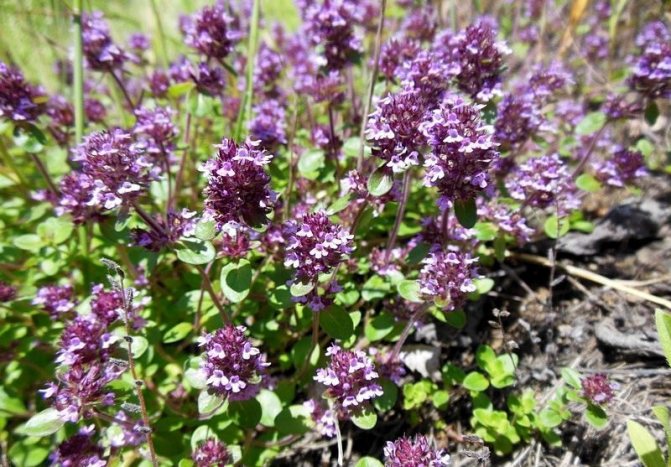

Thyme
Eschsholzia
Medium-sized (up to 45 cm) perennial. Loves a lot of light. The stem is thin, leafy, holding single velvet buds, white or orange, in the form of a bowl. Flowering period: early June - mid-autumn.
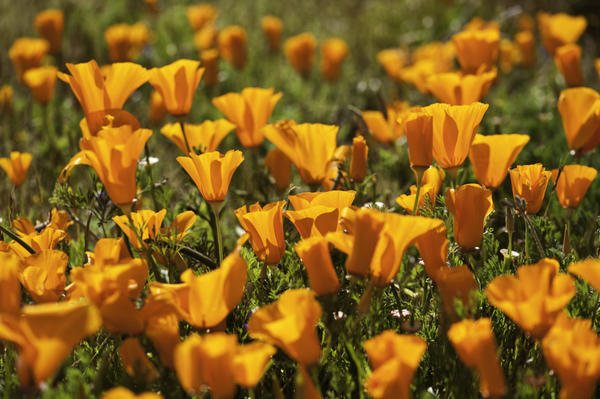

Escholzia blooms from early June to mid-autumn
Meadow flowers are good not only for creating bouquets. These wild crops look great on Moorish lawns and alpine hills, they can be used to decorate the shores of an artificial reservoir or the area near the gazebo. And at the same time you will become the owner of useful medicinal plants growing right at the front porch of the house.
Meadow at arm's length
The owners of household plots with a large amount of free land often face the question: what design landscape to create near the house? The famous type of English lawn has firmly entered the life of modern people, but many land owners are beginning to give preference to the meadow type of lawn made of forbs. It is called Moorish, and it is based on herbs and meadow flowers, from which you can create compositions or sow with a solid carpet. Such a domesticated meadow looks very impressive and benefits the surrounding ecosystem, as it attracts bees and butterflies.
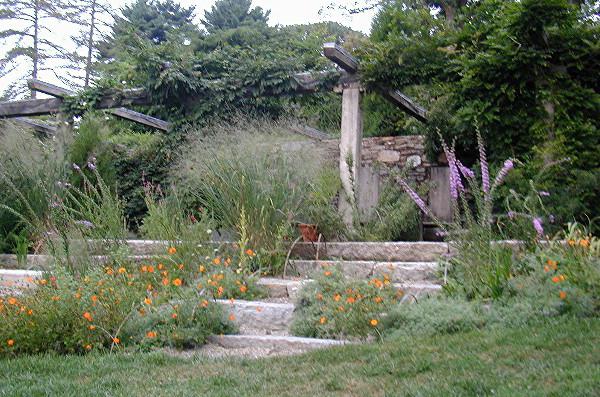

Tulips in the Skagit Valley
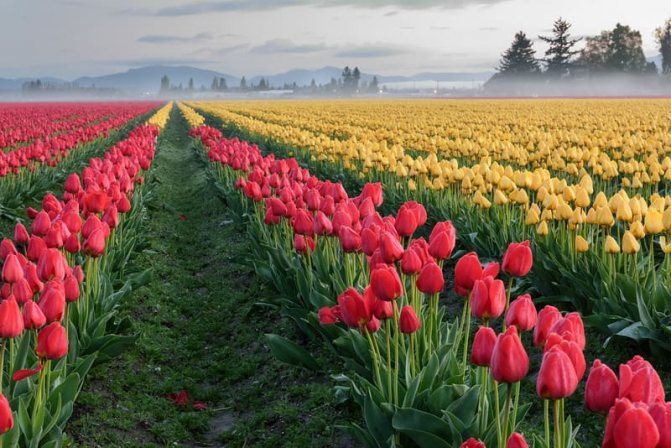

Tulips in Skagit Valley, Washington are so beautiful that they have their own dedicated festival that has been held every April for the past 34 years. Activities include guided bike tours in Tulip Land, photography contests and art events. Flowers will be in full swing throughout April, according to the site.
Tulips in Burgervlotbrug
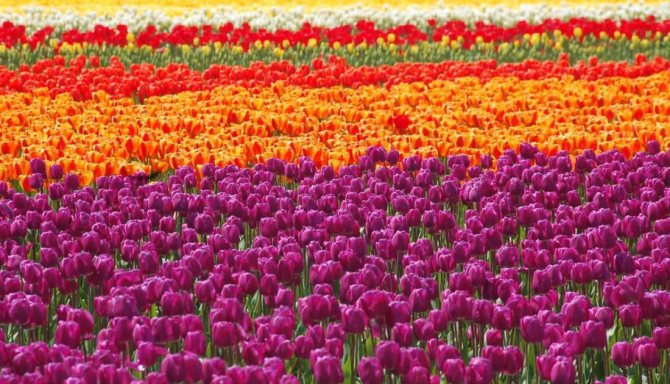

Naturally, we had to add more Dutch tulips here: if you don't make it to Hillegom, head to Burgervlotbrug, a northern Dutch village where flowers grow in lines separated by color, creating a rainbow effect.
Abronia, California
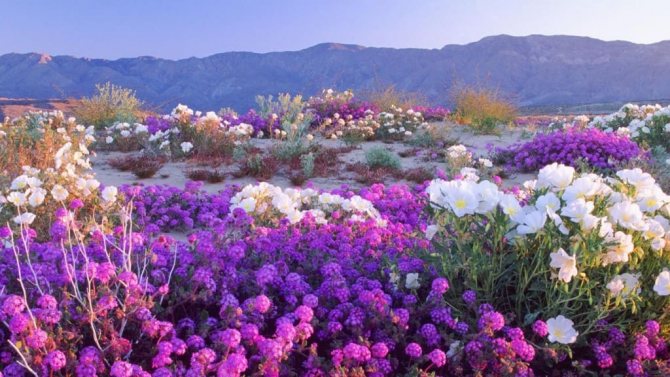

According to the Anza-Borrego Natural Science Association, the season was dry in 2018, so there was not as much bloom as usual. However, several varieties of cacti are starting to develop, and if there is enough rain, we can get the gorgeous display of pink, purple and even yellow flowers that abronia and primroses usually show in the fields.
Bluebonnets, TX
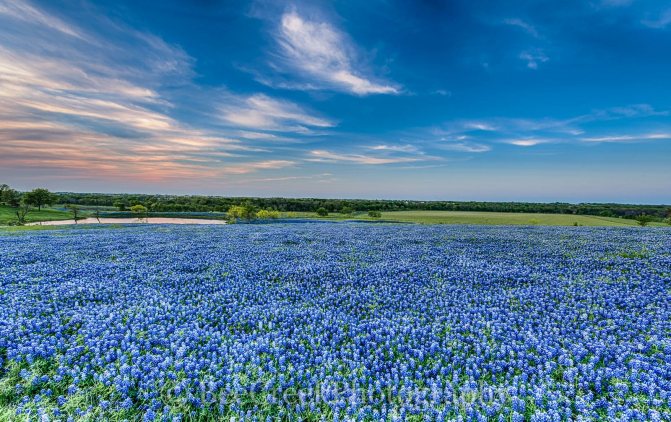

An hour and a half from Austin, the small town of Willow City, Texas, every spring attracts tourists with its flowers. If you take the 13-mile drive through the Willow City Loop, you'll see a stunning screen with blue chains that usually bloom in late March or early April, according to Texas Hill Country travel site.
Nemofila, Japan
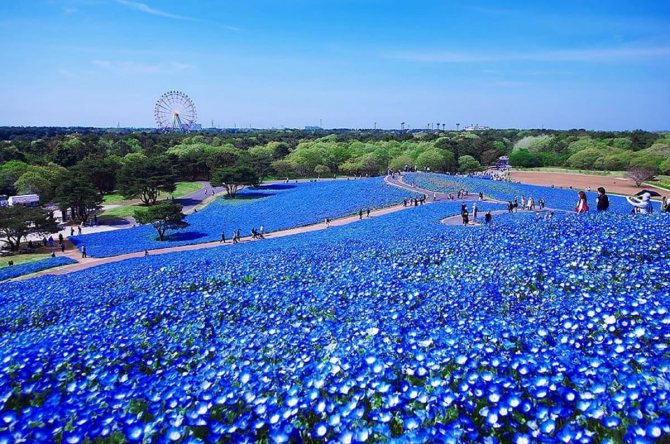

From late April to mid-May, a sea of 4.5 million blue flowers spills onto fields in Japan's Hitachi Seaside Park, right by the Pacific Ocean. Talk of Incredible View - Traveler's Caitlin Morton calls the park "Dr. Seuss's Quirky Scenery."
Buttercup, California
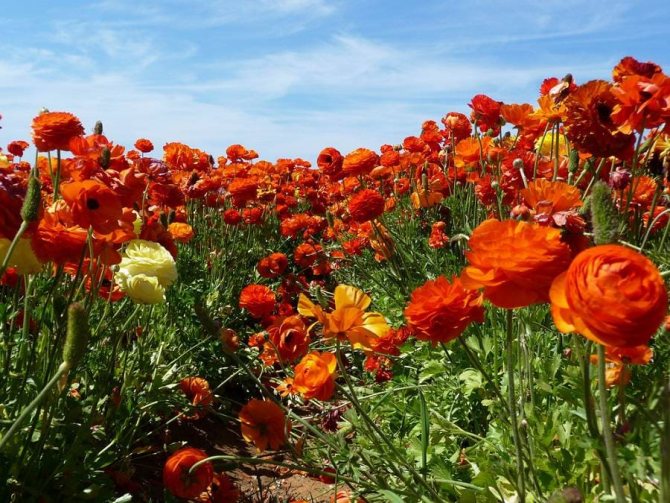

Buttercup - also known as Buttercup - flowers that cover over 50 acres annually in Karlovy Vary, California, come in a wide range of colors, from pale pink to buttery yellow. Traveler contributor Meredith Rosenberg previously compared to views of "endless poppy fields in The Wizard of Oz". You can see the display for yourself from March to May.
Tulips, Oregon
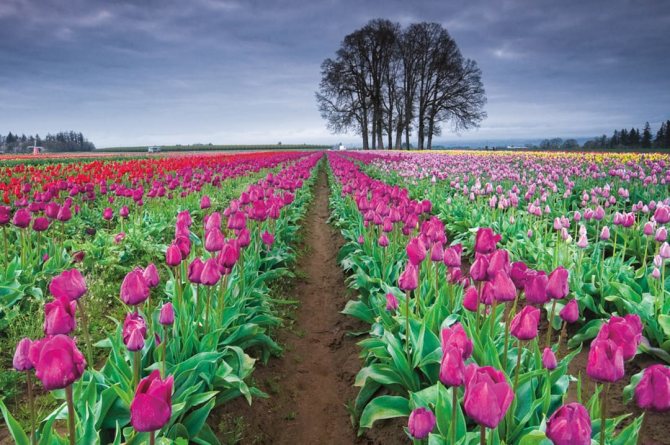

Just when you thought we finished talking about tulips, that's not all, and they are much closer than the Netherlands. Each year, a wooden tulip shoe farm in Woodburn, Oregon hosts a festival that showcases their 40 acres of tulips. The dates for this year are March 23 to April 30, 2018.You can have a picnic by the flowers, order the bulbs home, and even have a wine tasting in the on-site vineyard.
The use of sweet clover for the treatment of diseases
Melilot heals wounds, including old ones, and also helps with inflammation of the oral mucosa.
For treatment of the mucous membrane of the mouth and throat It helps to collect 2 parts of yellow sweet clover grass, 2 parts of marshmallow root, 2 parts of chamomile flowers, 3 parts of flax seed, 1 part of calamus rhizome. The collection is prepared by pouring 1 tbsp. a spoonful of chopped collection of 200 ml of boiling water and insisting for half an hour. The finished collection is cooled and filtered.
The headache is relieved by a decoction of herbal sweet clover - 1 tbsp. l. herbs are poured into 400 ml of boiling water and boiled for 5 minutes over low heat. The broth is cooled and filtered. Take the broth before meals for ¼ glass.
Melilot honey helps with colds and diseases of the stomach and intestines. Melilot honey strengthens the immune system, lowers blood pressure and heals heart disease. A few spoons of sweet clover honey a week is enough and the state of health will improve significantly. Honey relieves shortness of breath and dizziness, as well as headaches. Beekeepers specially plant fields with medicinal melilot in order to get up to 300 kg of medicinal honey per hectare, because the plant is an excellent honey plant.
Golden Poppies, California
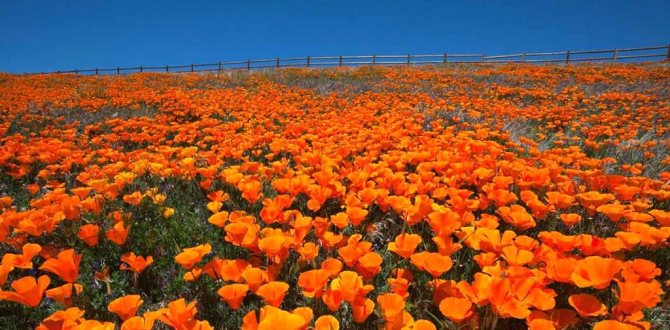

There is a reason California is famous for its wildflowers. In addition to Karlovy Vary, head to the Valley of the Antelopes for a ride up the hills with poppies - the official state flower - in shades of orange and yellow. According to Visit California, the best time to watch is a sunny day, mid-morning (by then the poppies will already open), usually in early April.

